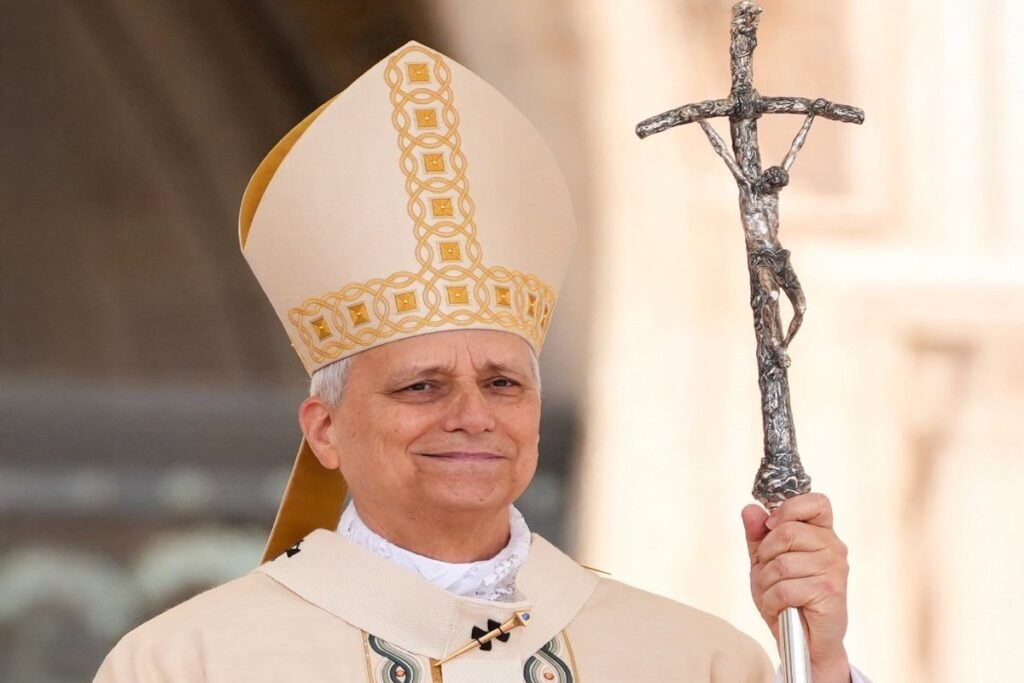On May 9, 2025, a mathematics scholar became the new leader of the Catholic Church. Pope Leo XIV, who emerged as the new pontiff after Pope Francis’s death, has a bachelor’s degree in mathematics.
As the news spread across social media, netizens were shocked and thrilled by the information and celebrated it with jokes and memes. Viral posts about the “Math Pope” who “understands sin and cos…” popped up. But for those with a good grasp of history, the pope’s academic pedigree isn’t new.
Although the general perception about popes is that they are solely dedicated to studying a supreme being, many pontiffs have ventured into other fields of knowledge besides theology. Contrary to widespread assumption, many previous popes have been science scholars.
Pope Sylvester II was a master of geometry, astronomy, and arithmetic. Pope Gregory XII of the 16th century had a thing for mathematics and astronomy. He would later commission the Gregorian Calendar.
As the buzz continues about the new math pope, let’s trace this trend through history. We’ll look at the most notable scholarly cardinals who have gone on to lead the Catholic Church.
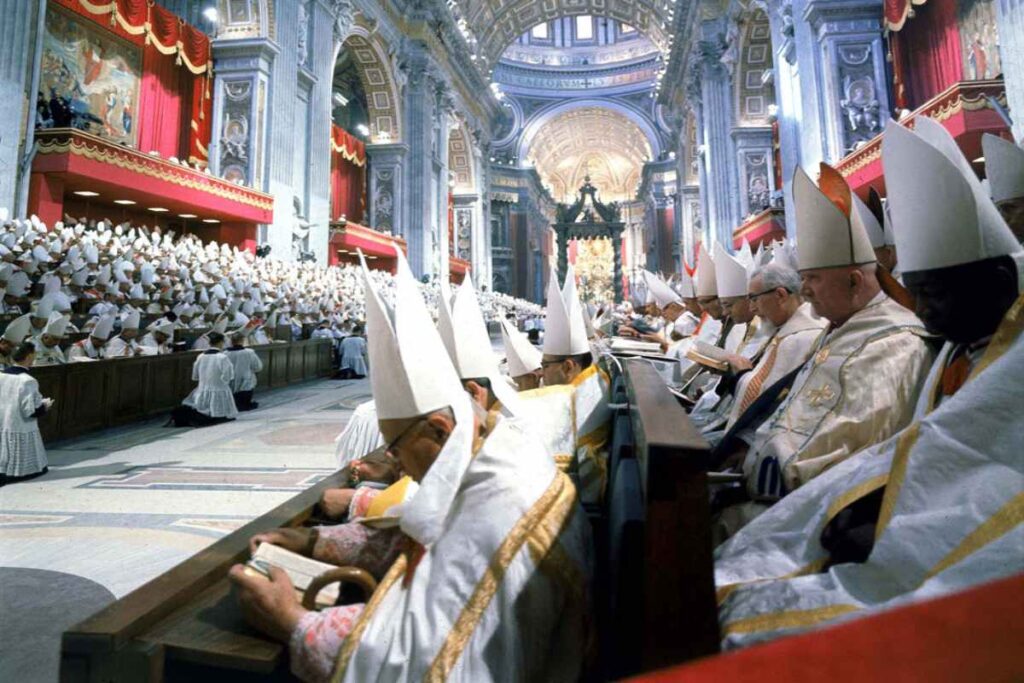
Pope Sylvester II (999-1003)
Perhaps one of the most brilliant popes to ever live, Pope Sylvester made a lasting mark in science. He made outstanding contributions to mathematics, astronomy, and logic, and introduced Europe to Arabic numerals and the abacus.
Born Gerbert of Aurillac around 946 in Auvergne, France, his intelligence became glaring at a young age. At the Auvergne monastery where he was schooled, senior clergy were attracted to his exceptional brilliance.
They sent him to study in Catalonia, Spain, to maximize his potential. There, he enrolled at the Santa Maria de Ripoll Monastery, where he met with Islamic scholars who were the best brains in mathematics and astrology at the time. Along the line, Gerbert also learned Arabic and Greek.
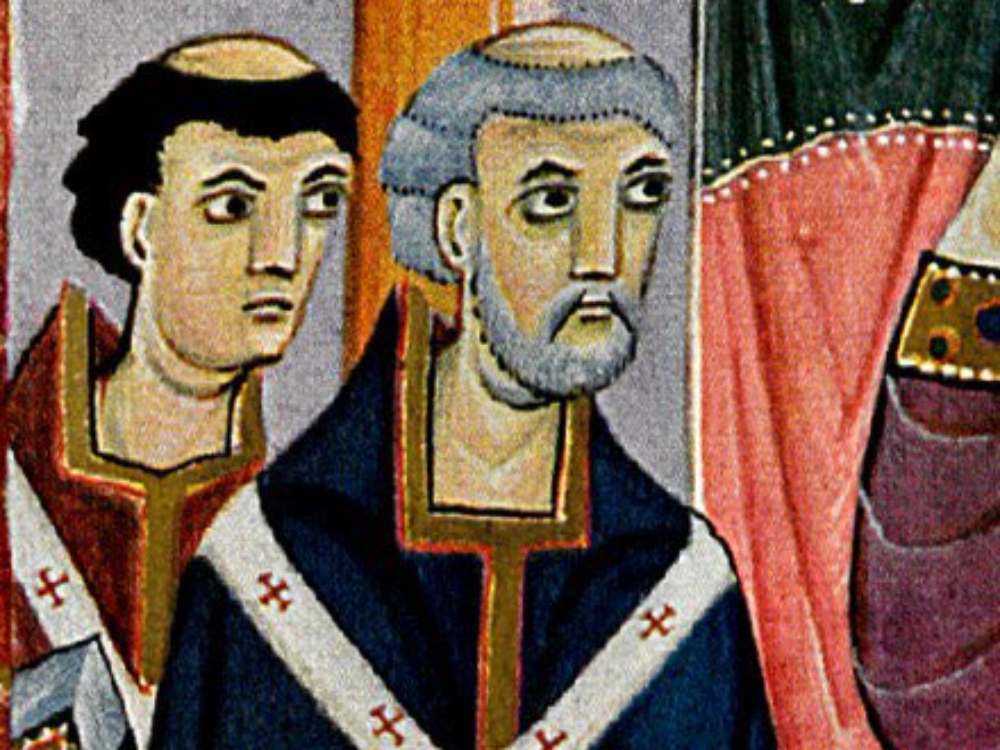
Before becoming the first French pope in 999, Gerbert was one of the most respected scholars of his time. He contributed to the advancement of humanity by constructing astronomical devices. Notable among these were the armillary spheres.
Not only did Pope Sylvester acquire and use knowledge, but he also dispensed it. He spent many years passing down his legacy to the younger generation. He became a reputable music, philosophy, and mathematics teacher to European children. Most of his students grew to become people of note in society.
After he became pope, he used his intellect to reform the church. He changed several undesirable practices and motivated the church to embrace academics.
Pope John XXI (1276-1277)
Born Pedro Julian in 1215, Portugal, Pope John XXI studied medicine as a priest. He attended the University of Montpellier, France, which was at the time one of the most elite schools in Europe. He later moved to the University of Paris, where he read philosophy and theology.
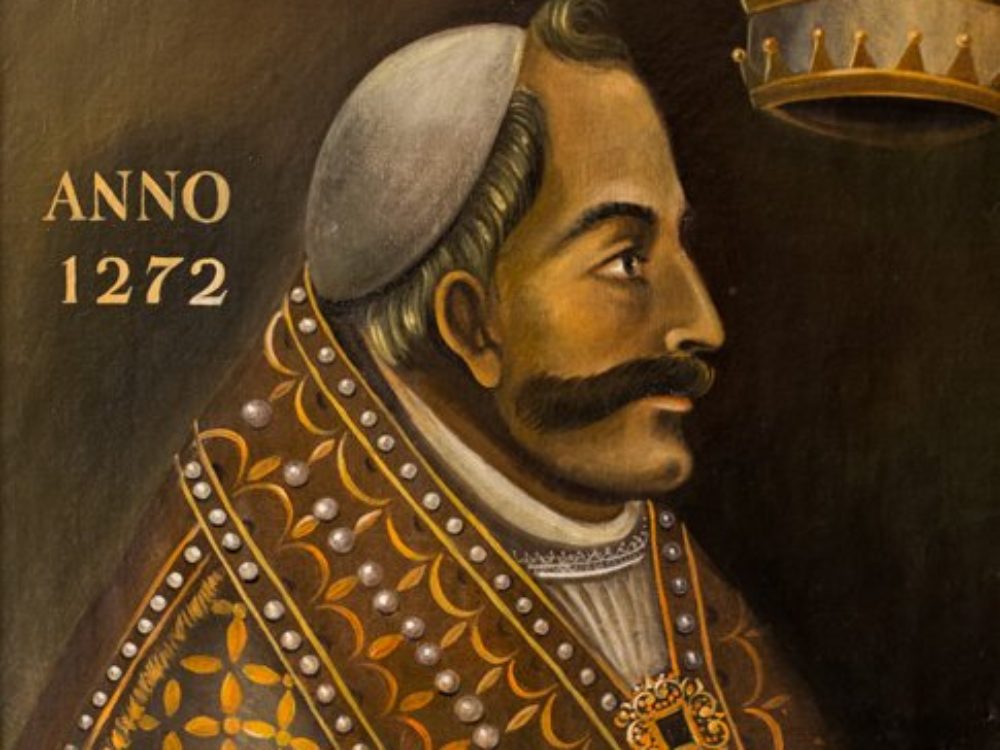
After graduation, Julian earned the government’s permission to practice medicine. He later became the court physician to Pope Gregory X. Alongside his practice, he devoted himself to research. Eventually, he documented his findings in several books under the name Peter of Spain.
One of his books was Summulae Logicales, Latin for “Little Summaries of Logic.” The book, which was modelled after Aristotle’s logical methods, became a bestseller among European schools.
He became pope in September 1276 after the demise of his predecessor, Pope Adrian V. Sadly, he couldn’t stay long at the helm of affairs. He died less than a year later, but not without championing several reforms in the church.
Pope Benedict XIV (1740-1758)
Before a cardinal from Italy became Pope Benedict XIV, Prospero Lorenzo Lambertini was a doctorate degree holder and an outstanding scholar. Lorenzo was born in 1675 in Bologna, Italy, and studied at the University of Bologna, where he earned doctorates in theology and canon law.
For many years, he served the church as a canon law scholar. He was also impressively knowledgeable in medicine, biology, and astronomy. In addition to those, he was fluent in Hebrew, Greek, and, of course, Latin.
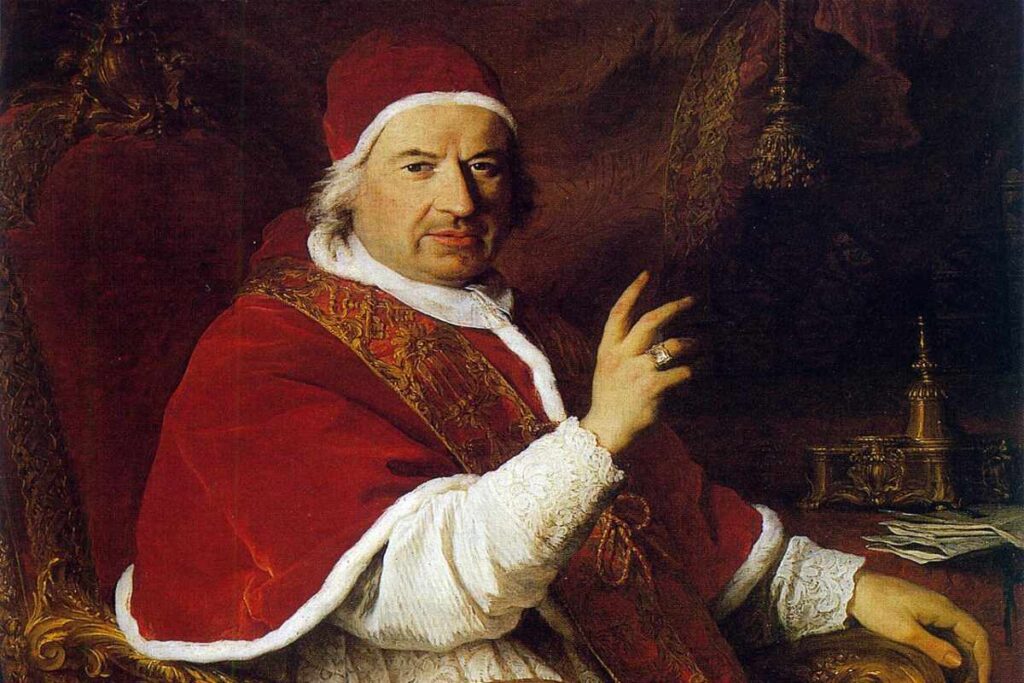
After he became pope, Benedict elevated intellectualism in the church and served as patron of multiple scientific institutions, including the Bolognese Institute of Science and the Pontifical Academy of Sciences.
During his 18-year reign, Pope Benedict established solid interaction with renowned scientists. He gave the go-ahead for the use of autopsies to verify canonical claims and the dissection of human corpses. In addition, he made positive adjustments to canon law.
Pope Pius XII (1939-1958)
One of the 12 popes to adopt the name “Pius” so far, Pope Pius XII stands out for his scholarly accomplishments. Born in Rome as Eugenio Maria Giuseppe Giovanni Pacelli, he developed a strong academic interest.
Although he studied theology, canon law, diplomacy, and languages, his love for knowledge made him want more. He later developed a strong passion for science. He was one of the most vocal pro-evolution catholics. Through his influence, many catholics accepted evolution as the physical source of humanity.
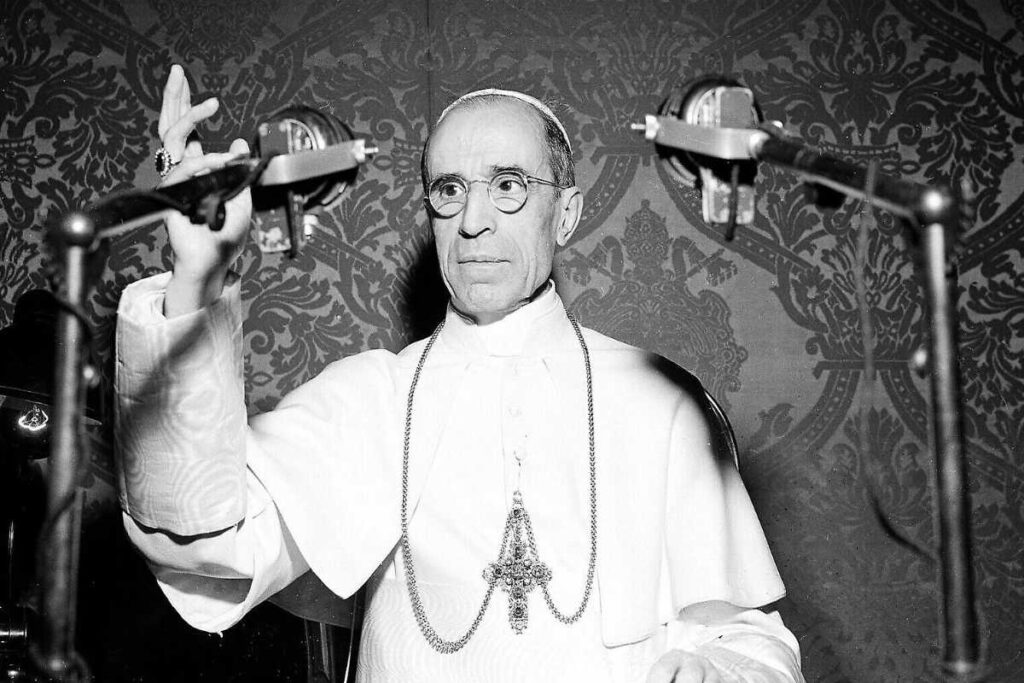
Pope Pius XII also publicly supported the Big Bang Theory. He made his stand known during his 1951 address to the Pontifical Academy of Sciences. During his leadership of the church, he strengthened the bond between religion and science.
Pope Francis (2013-2025)
Jorge Mario Bergoglio, the immediate past Pope, was respected for his passion for academics. The Argentine-born pope studied Chemistry in the nation’s capital in his youth and earned a diploma in chemical technology from a Buenos Aires technical school.
This exposure helped his passion for scientific advocacy at the Vatican. He authored a thorough and, in many opinions, the most extensive papal document on the environment.
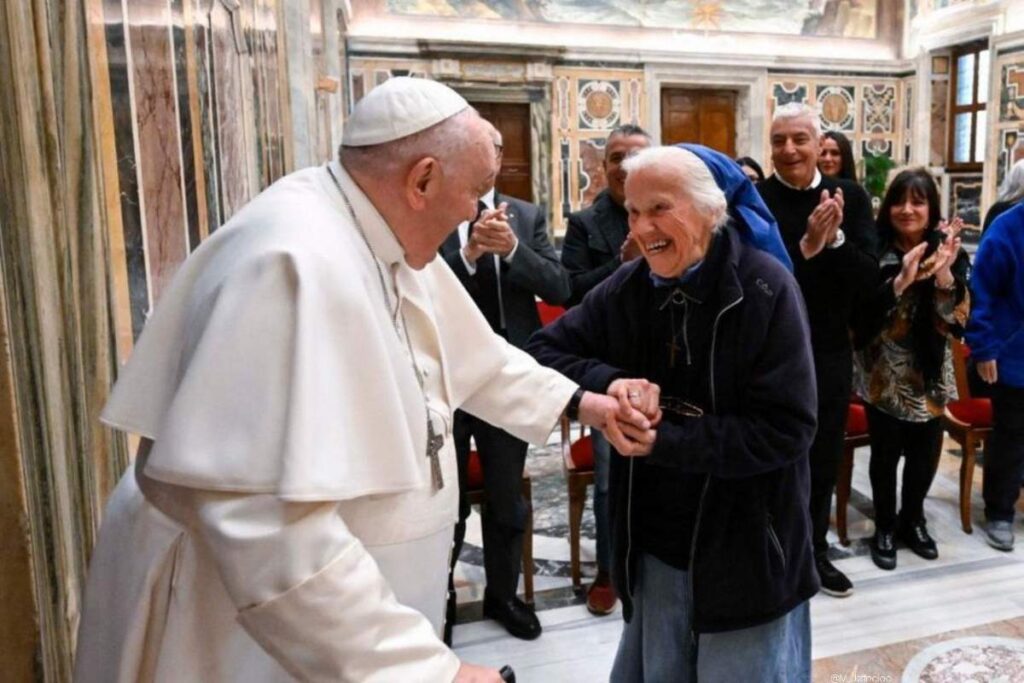
The Laudato Si, a documentation of his thoughts on climate and the environment, made a strong case for the fight against climate change and proposed solutions to slowing down the degradation of the climate. A popular line in the book said, “Climate is a common good, belonging to all and meant for all.”
Pope Francis encouraged robust communication with scientists and supported climate activism. His scientific experience helped him become an authoritative voice during the COVID-19 pandemic. He pressed for more robust vaccine distribution and campaigned against misinformation.
Pope Leo XIV (2025-Present)
Soon after he emerged as the new pope, word began to spread about Pope Leo’s academic qualifications. Viral memes soon broke out on the internet referencing his background as a maths scholar.
Pope Leo is great with numbers. The first American pope in history studied mathematics at Villanova University, Pennsylvania. He then supplemented his studies with theological and canon law studies from institutions in Chicago and Rome, respectively.
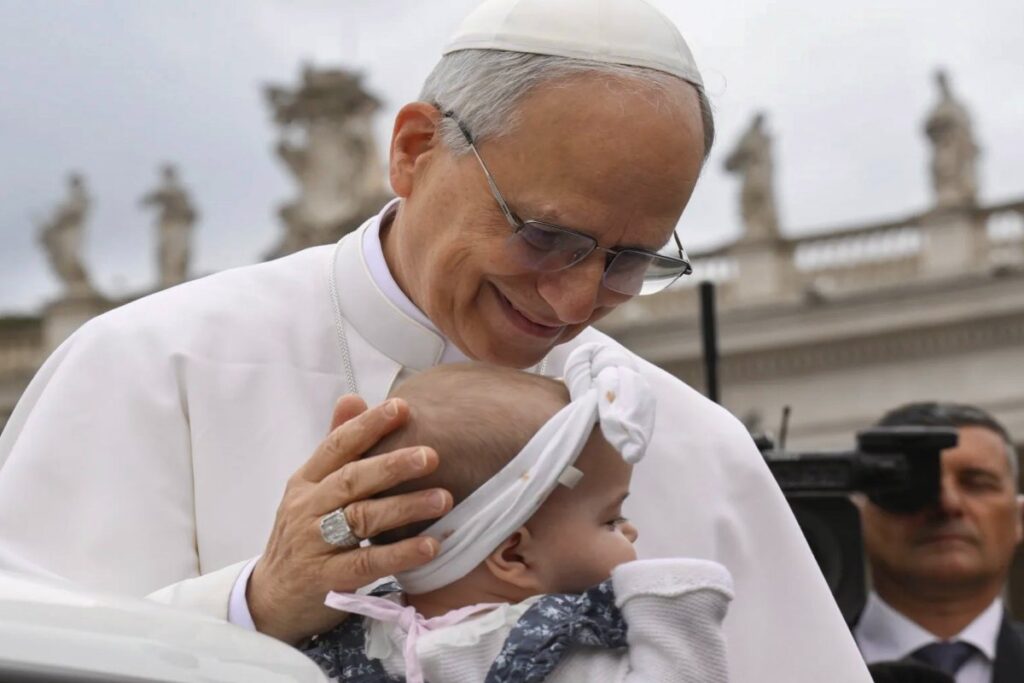
Born Robert Francis Prevost, he grew up in Chicago before moving out of the country for work. He later became a clergyman and served as a missionary in Peru after his admission into the Order of St. Augustine. He was later posted to the Vatican.
His blend of mathematical and theological academic backgrounds has been one of the most fascinating aspects of his past. About his mathematics degree, netizens have also jokingly called his sign of the cross a “cross product.”
In addition, he is multilingual. As a Vatican staff member and a dual citizen of the United States and Peru, Cardinal Prevost became fluent in English, Spanish, and Italian. He is also skilled in French, Portuguese, Latin, and German.
Pope Leo XIV has shown himself to be a compassionate leader. His history-making emergence as pope and his academic qualifications have attracted even more attention to him. People are excited to see what a number-crunching American pope will bring to the Vatican and the Catholic Church.


